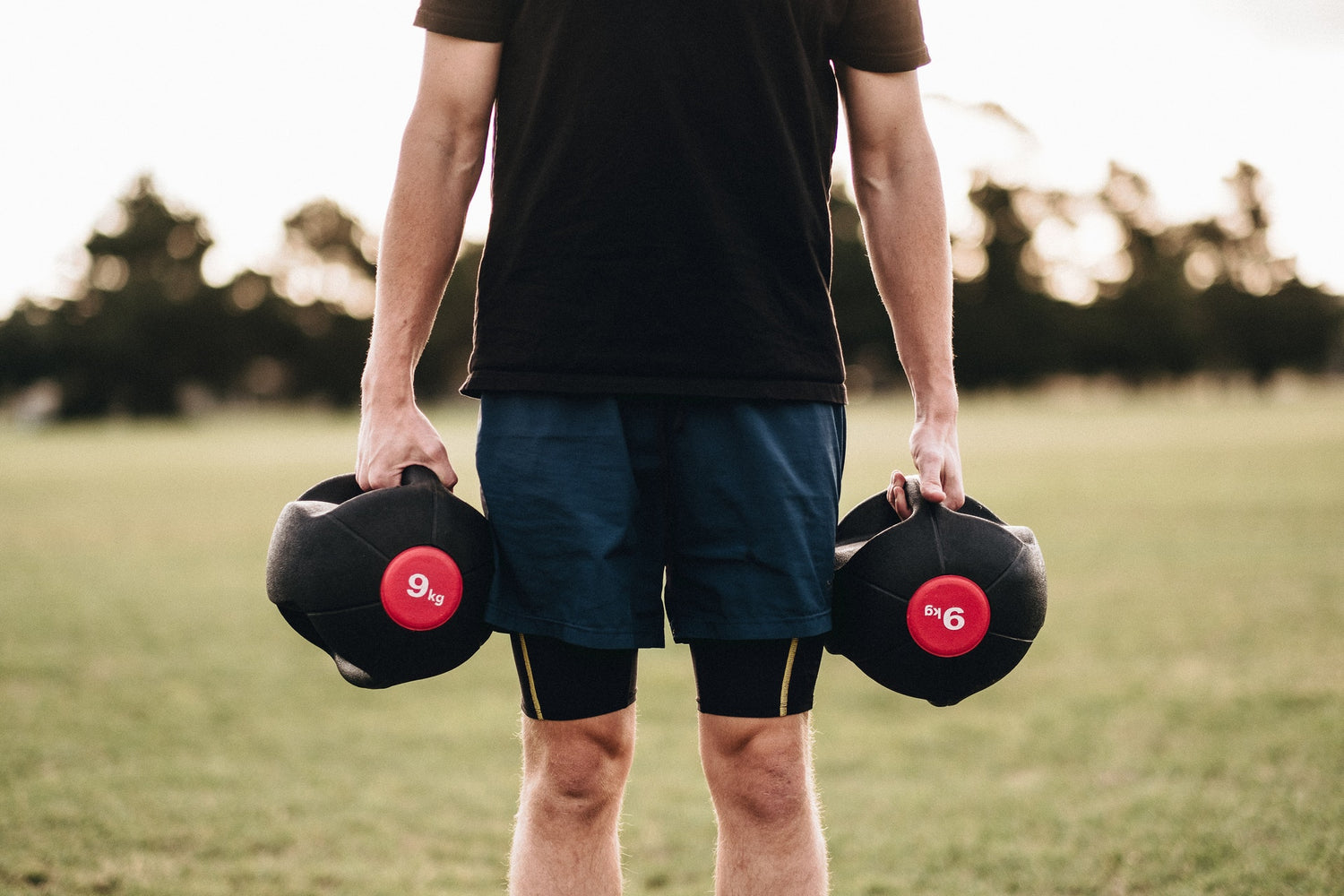For people who regularly attend the gym and use free weights or some sort of strength training, it’s no surprise that this can lead to some level of soreness in the following days of your exercise.
To answer the question briefly, it usually depends on the level of severity your soreness has reached to determine whether continuing your workouts in this state is a good idea or not.
We’re going to take a deep dive into what to look for when it comes to muscle soreness and what each scenario means for fellow gym-goers looking to get or remain in shape!
Overtraining
A very classic saying goes something along the lines of “anything is healthy as long as it’s kept within moderation.” This bodes entirely true when working out.
Rest is one of the most important characteristics of exercise; without resting your body in between workouts, you’re going to most likely stagnate your results.
This doesn’t just mean getting eight to ten hours of sleep every night - although nightly rest is crucial to delivering the best possible performance when you’re at the gym, your schedule should include rest days. These are as simple as the name; reserve a few days between your workout schedule to not exert much physical exercise on the body for a day.
In the case of strength training, doing bicep curls seven days per week for a month straight isn’t going to maximize your potential to grow that particular muscle group. Your arms need time to rest and rebuild back stronger for the next time you focus on this group. Essentially, your body will be plateauing in its performance.
Other signs of overtraining to look for include an increased resting heart rate, increased incidents of a cold or flu, muscle and joint soreness, insomnia, and decreased appetite.
Delayed Onset Muscle Soreness
For those of you who are either completely new to weightlifting or trying some new form of exercise in the gym that you haven’t really performed yet, you’re almost certainly going to experience some form of delayed onset muscle soreness (DOMS) around six to eight hours after exercise.
Due to unfamiliar tension within the stressed muscle group that you’ve now begun to focus on, your body is going to feel a noticeable pain in the area for up to two days after training.
Soreness of this kind simply means that you’re working out a specific muscle group that you may not have worked out before. While you’re exercising these particular spots, your muscles and fibers break down in the process.
As you rest after working out, muscle fibers will repair and become stronger over time. Moving forward, your body should be able to handle the same exercises with more ease and more force as well!
DOMS will go away over time as you continue to be consistent with your workout routine. If you’re worried about overworking your body right out of the floodgates, you can always try at-home routines to build up your regiment in the comfort of your own home.
For example, EnergyFit has an excellent source of cardio and muscle endurance machines that conveniently fit in your home. The Ski-Row Air machine serves as the first of its kind two-in-one ski trainer and rowing machine that can be used as an interval trainer once you begin to break your body into more intense workouts.
How Much Pain Is Too Much?
If you’re still noticing a severe amount of pain up to 72 hours after your workout regime, this is definitely worth noting. Especially if this pain affects your day-to-day activities outside of the gym, you’ve probably pushed your body past its physical limits. The smart choice here would be to definitely take a rest day or two until the pain subsides.
If you feel okay the day after a workout and then go back to the gym to exercise the same muscle group but notice a sharp pain when you begin, this is not a normal case.
Sometimes you might feel 50/50 on whether or not your body will be able to perform to its peak in the gym on certain days. It’s crucial that if you begin to notice some sort of pain right away, stop doing what’s causing it.
Try doing some light cardio if you trekked your way for miles to get to the gym and feel like you have to get your money’s worth out of that day. Workout soreness can be viewed in most cases as a nonlinear type of injury that can aggravate itself if you don’t give it time off.
Take a Break
Rest and icing affected muscular areas is always the best method to self-treating yourself following a vigorous workout. However, if you begin to notice swollen limbs, loss of range of motion, severe unbearable pain, or dark/decreased urine production - seek medical attention right away.
Like most things, begin to slowly incorporate new indoor workout regimens into your routine over time rather than onboarding everything at once.
By going step by step and administering your body to new exercises, you’ll run less of an injury risk. Stretching to begin any workout routine is also much encouraged, as it loosens your muscles up for the contraction they’ll receive shortly after. Happy lifting, and be safe in the process!
Sources:
If my muscles are sore from previous workouts, is it safe to exercise them? | Ace Fitness
Are you getting too much exercise? | Medline Plus





Leave a comment
All comments are moderated before being published.
This site is protected by hCaptcha and the hCaptcha Privacy Policy and Terms of Service apply.